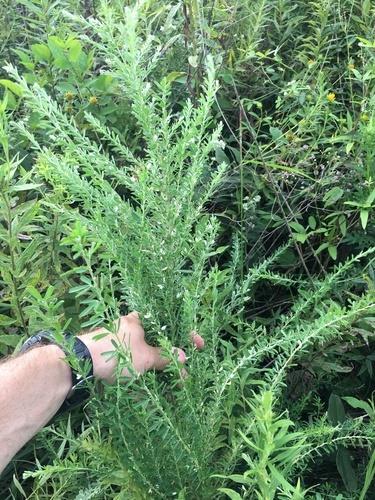
Origin/Endemic status: E. and se. Asia
Other Comments: Extensively used as a soil stabilizer. Now invasive across most of our region.
Synonymy: = Ar, C, F, Fl3, FNA11.1, G, GrPl, Il, K1, K3, K4, Mi, NcTx, NE, NY, Pa, RAB, SE3, Tat, Tn, Tx, Va, W, WH3, WV, Isely (1998)
Wetland Indicator Status:
- Atlantic and Gulf Coastal Plain: FACU
- Eastern Mountains and Piedmont: FACU
- Great Plains: FACU
- Midwest: UPL
- Northcentral & Northeast: UPL
Heliophily: 8
Hover over a shape, letter, icon, or arrow on the map for definition or see the legend.
 © Gary P. Fleming | Original Image ⭷
© Gary P. Fleming | Original Image ⭷ © Joey Shaw source | Original Image ⭷
© Joey Shaw source | Original Image ⭷ © Bruce A. Sorrie | Original Image ⭷
© Bruce A. Sorrie | Original Image ⭷ © Joey Shaw source | Original Image ⭷
© Joey Shaw source | Original Image ⭷ © Aidan Campos source | Original Image ⭷
© Aidan Campos source | Original Image ⭷ © Joey Shaw source | Original Image ⭷
© Joey Shaw source | Original Image ⭷ © Joey Shaw source | Original Image ⭷
© Joey Shaw source | Original Image ⭷ © Joey Shaw source | Original Image ⭷
© Joey Shaw source | Original Image ⭷Feedback
See something wrong or missing on about Lespedeza cuneata? Let us know here: (Please include your name and email if at all complicated so we can clarify if needed.)
Cite as...